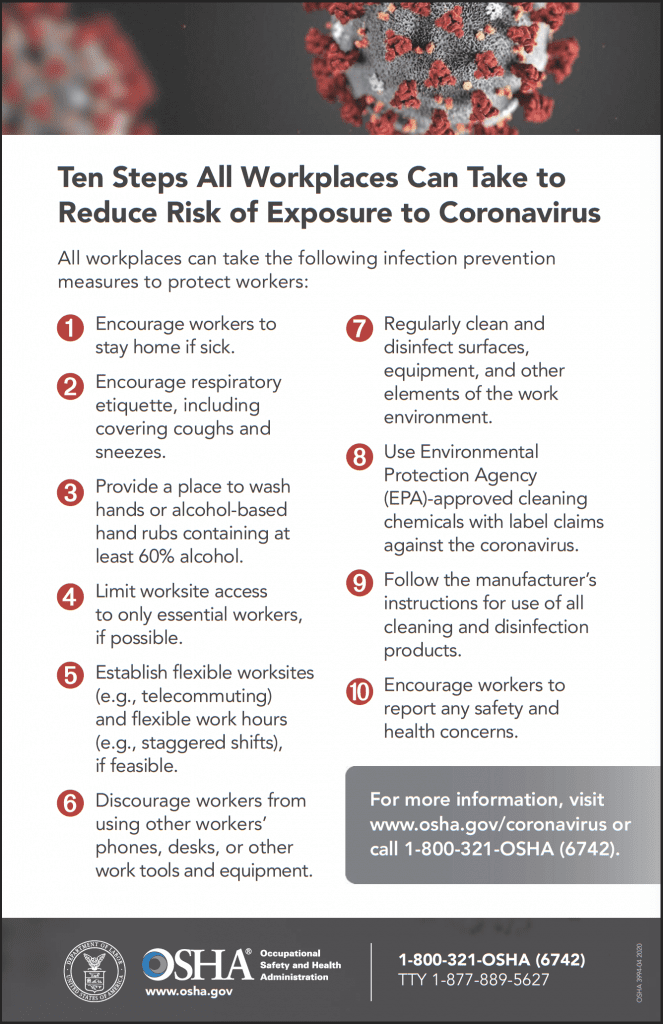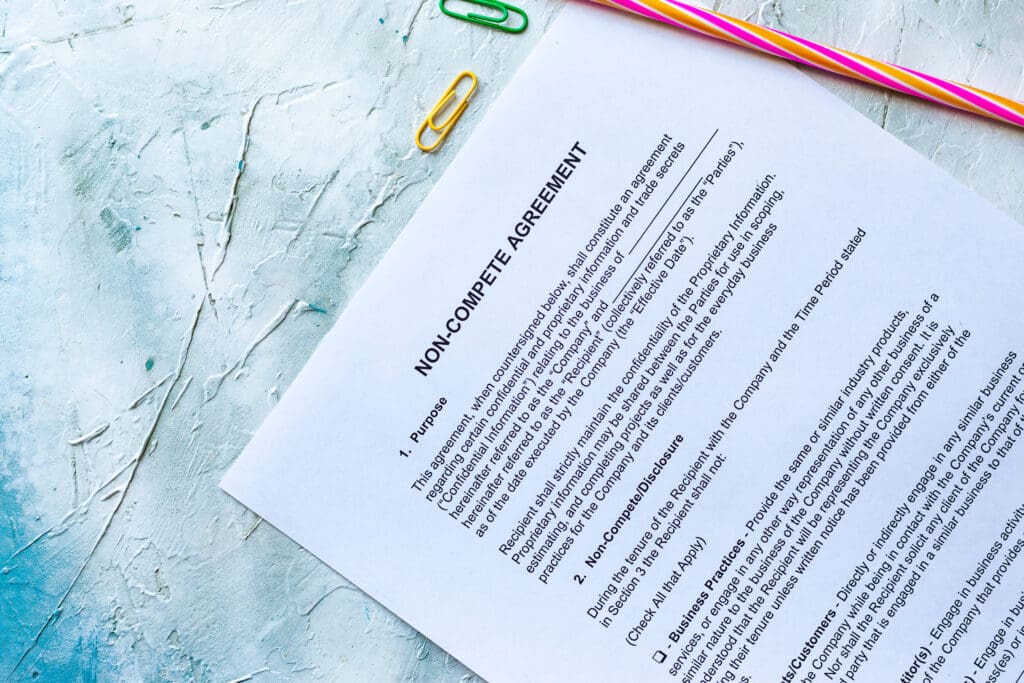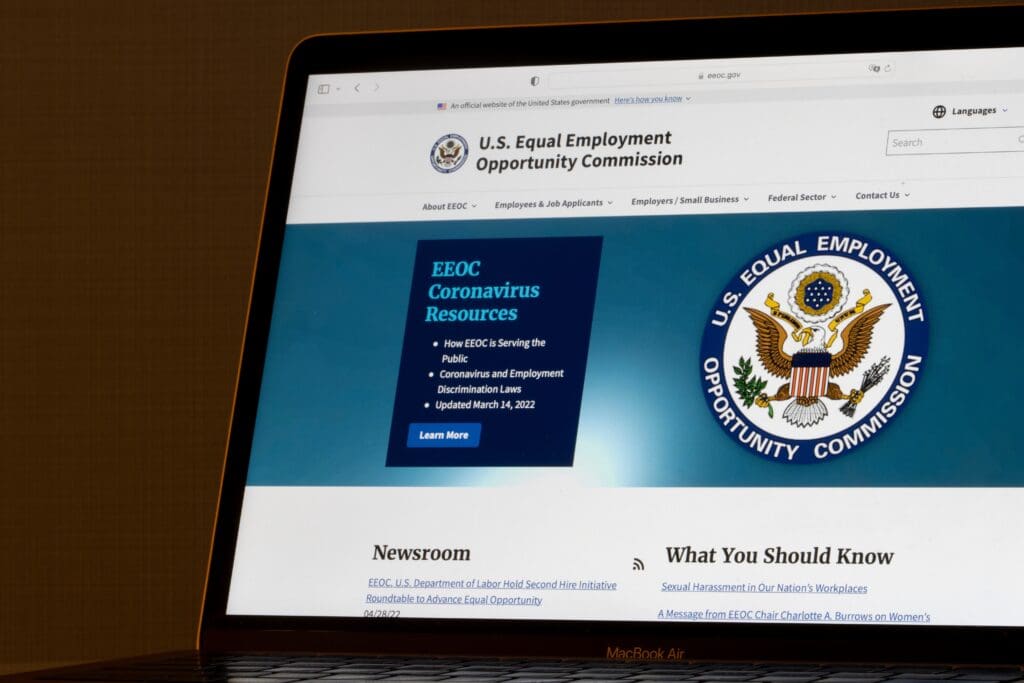A dive into OSHA requirements for employee safety as workplaces open.
By Andrew Zelman
While the country begins to reopen from the COVID-19 shutdown and states and cities gradually release restrictions imposed upon essential and non-essential businesses, new considerations of employee safety, controlling the spread of the virus, and screening visitors and workers will take precedent. For employers eager to jump-start their businesses while ensuring a healthy workforce and minimizing liability from exposed employees, compliance with the ever-changing laws and guidance is essential. This will mainly come from HR. In the absence of a mutual agreement by both the organization and employees to follow company policies aimed at preventing the spread of COVID-19, a safe workplace upon reopening may not be feasible.
Paramount to an employer’s reopening plan is strict conformity with the laws promulgated by the Occupational Safety and Health Administration (OSHA). OSHA and its governing law, the Occupational Safety and Health Act (OSH Act), mandates that employers provide a safe workplace for all employees, free of known health and safety hazards. Of significance to the COVID-19 pandemic, the “general duty clause” codified in Section 5(a)(1) of the OSH Act requires employers to provide their employees with a workplace “free from recognized hazards… likely to cause death or serious bodily harm.”
On May 19, 2020, OSHA released its Updated Interim Enforcement Response Plan for COVID-19 (“May 19 Update”), setting forth the latest guidance for the agency’s investigation, reporting, and enforcement of COVID-19-related complaints, which becomes effective May 26, 2020. Pursuant to the prior guidance provided by OSHA in response to COVID-19, employers are encouraged to implement policies that will result in the “prompt identification and isolation of potentially infectious individuals” in order to protect the safety of employees. In the May 19 Update, OSHA indicated that the failure of an employer to implement such policies and other policies aimed at protecting employees from contracting COVID-19 may form the basis of a general duty clause violation, subjecting the employer to liability, including penalties. In particular, OSHA provided exemplar language that may be included in enforcement notices to employers of alleged violations of Section 5(a)(1) of the OSH Act:
“The employer did not furnish employment and a place of employment which were free from recognized hazards that were causing or likely to cause death or serious physical harm to employees, in that employees were not protected from the hazard of contracting SARS-CoV-2 (severe acute respiratory syndrome coronavirus 2), the cause of Coronavirus Disease 2019 (COVID-19).”
While OSHA has prescribed guidelines to help identify the risk levels of contracting COVID-19 in the workplace in specific industries, ranging from very high exposure risk (certain healthcare workers and laboratory personnel) to lower exposure risk (offices where social distancing can be maintained), pursuant to OSHA, all employers -regardless of risk -must undertake duties to ensure a safe workplace. In accordance with those requirements, an employer, through HR, may mitigate the risk of the spread of the virus among employees as well as reduce exposure to potential liability from employees by implementing several steps upon reopening or shortly thereafter.
First, in line with the guidance that employers enact policies that will result in the “prompt identification and isolation of potentially infectious individuals”, OSHA has implored all employers to develop and implement an “Infectious Disease Preparedness and Response Plan.” Likely foreign to most HR professionals and missing from many company handbooks prior to COVID-19, the plan (or policy), should cover, at a minimum:
- the implementation of basic infection prevention measures;
- procedures for prompt identification and isolation of employees exhibiting COVID-19 symptoms and those who are confirmed infected; and
- if necessary, employee screening procedures for entering and leaving the workplace.
The “Infectious Disease Control Policy” should also implement workplace controls, including the most effective method of ensuring social distancing (installing physical barriers), as well as administrative controls (encouraging workers to stay home and minimizing contact among workers, clients, and customers). Importantly, and related to the administrative control aspect and standards for infection prevention, OSHA issued a poster designed to be displayed at every workplace, listing steps employers and employees can take the reduce the risk of exposure to COVID-19.
Organizations should also have a policy in place to handle and properly address internal reporting of COVID-19-specific complaints and concerns -whether of the presence of a symptomatic employee or issues relating to compliance with workplace safety, including observance of the “Infectious Disease Control Policy.” An internal complaint by an employee to the employer, whether formal or informal, and concerning COVID-19, including the refusal of an employee to report to work due to concerns over contracting COVID-19 and where employer compliance with OSHA guidelines is raised by the employee, may be considered protected activity, which would implicate OSHA’s anti-retaliation guidelines.
The “May 19 Update” further expands the protections of a complaining employee: “[W]orkers requesting inspections, complaining of COVID-19 exposure, or reporting illnesses may be covered under one or more whistleblower statutes.” Thus, the employer, and specifically, HR, should ensure that all complaints, concerns, and questions raised by employees on workplace safety from potential COVID-19 exposure are properly and orderly handled.
OSHA has deemed COVID-19 a recordable illness when a worker is infected on the job. If an employee becomes infected, organizations are required to prepare and file appropriate reports with OSHA. HR should be prepared to file appropriate reports with OSHA for those who have been exposed to the virus at work, as well as notify the employer’s workers’ compensation insurance carrier, if applicable. These reporting processes should be memorialized in the “Infectious Disease Control Policy.”
Proactive and compliant organizations may mitigate the risks inherent in the reopening of their businesses by following the protocols set forth by OSHA, reducing company-specific processes to employee policies. Active and informed HR professionals tasked with overseeing the policy implementation process and communication should play a central role in ensuring compliance.
Andrew Zelman is a partner of Berger Singerman and member of the firm’s dispute resolution team.















